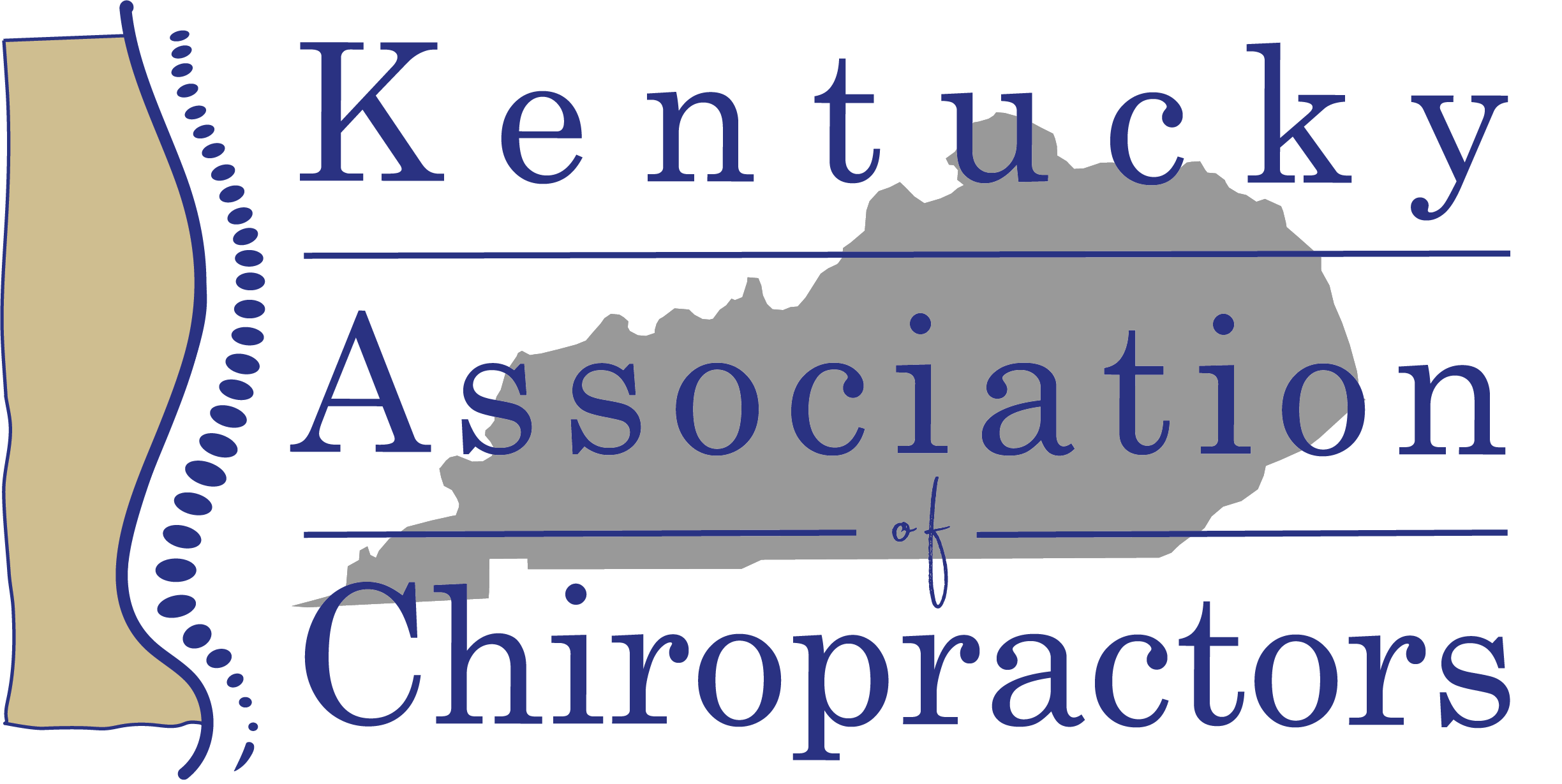Abstract
Objective
The purpose of this study was to evaluate the relationship between treatment escalation and spinal manipulation in a retrospective cohort of people diagnosed with musculoskeletal disorders of the cervical spine.
Methods
We used retrospective analysis of insurance claims data (2012-2018) from a single Fortune 500 company. After isolating the first episode of care, we categorized 58 147 claims into 7951 unique patient episodes. Treatment escalation included claims where imaging, injection, emergency room, or surgery was present. Modified Poisson regression was used to determine the relative risk of treatment escalation comparing recipients vs nonrecipients of spinal manipulation, adjusted for age, sex, episode duration, and risk scores.
Results
The sample was 55% women, with a mean age of 44 years (range, 18-103). Treatment escalation was present in 42% of episodes overall: 2448 (46%) associated with other care and 876 (26%) associated with spinal manipulation. The estimated risk of any treatment escalation was 2.38 times higher in those who received other care than in those who received spinal manipulation (95% confidence interval, 2.22-2.55, P = .001).
Conclusion
Among episodes of care associated with neck pain diagnoses, those associated with other care had twice the risk of any treatment escalation compared with those associated with spinal manipulation. In the United States, over 90% of spinal manipulation is provided by doctors of chiropractic; therefore, these findings are relevant and should be considered in addressing solutions for neck pain. Additional research investigating the factors influencing treatment escalation is necessary to moderate the use of high-cost and guideline-incongruent procedures in people with neck pain.



